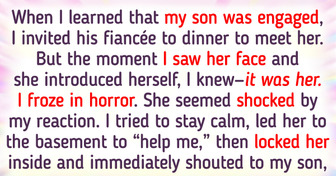My Boyfriend Proposed to Me, but He Suddenly Had a Change of Heart

Our ancestors were tough. Tough! They had to fight huge wild animals to survive, and meanwhile, they were hiding in caves, eating forest fruit, socializing, catching animals, and discovering new things, like fire. But even with a tight schedule like this, they had some time left for hobbies and artistic things.
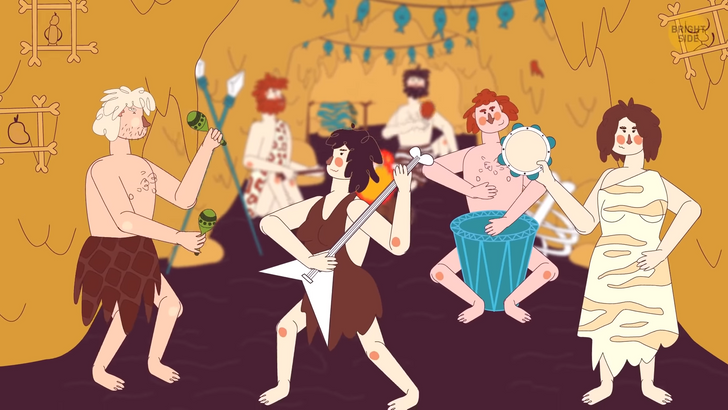
Music was probably the thing, but we don’t have evidence of that. Still, we see they were creative. There are so many caves out there where they painted with materials available back then. Researchers found caves with depictions of hunting, animals, and many handprints. To make that outline, an artist probably put one hand on the rock and then started blowing into a tube the size of a straw to spray pigment all over it. What’s interesting, there were mostly outlines of the left hand, which means even back then the majority was right-handed.
Teeth were also very important for our ancestors; they were doing most any kind of work with two hands and teeth. For instance, when cleaning the animal skin, they had to hold it between their teeth, pull it tight, and then scrap it with a stone tool. Sometimes that tool would slip a little and scratch their front teeth. Many years later, when scientists found their teeth, they looked at the direction of the scratches and realized yet again that the right hand was dominant. Today, around 90% of the population are right-handed, 9% are left-handed, and 1% of people don’t have a dominant hand at all.
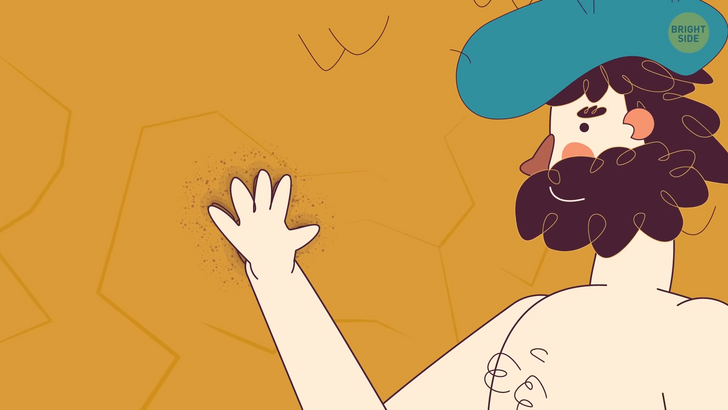
Many of the human species that walked the Earth before us were also right-handed; scientists still haven’t found a predominantly left-handed one. We share this trait with other mammals too, such as apes. They’re not our ancestors but a kind of distant relatives —like different branches on the same family tree. At one point, our lineage split, and we developed as separate species. Scientists believe that separation made us prefer one hand over the other. We started walking upright rather than on all fours, which freed our hands to do lots of new stuff like making stone tools or drawing before bedtime in your cave.
Our brain got a bunch of new things to coordinate, so it needed to find a way to deal with them. Either part of the brain took responsibility for different things we do. For example, the left side might have evolved to deal with that routine stuff like foraging for food, while the right side remained free, so it could react fast if something unexpected happened, like if a predator was around. A similar thing can be seen in some kinds of birds, toads, and fish. They’re more likely to go after the prey they see with the right eye.
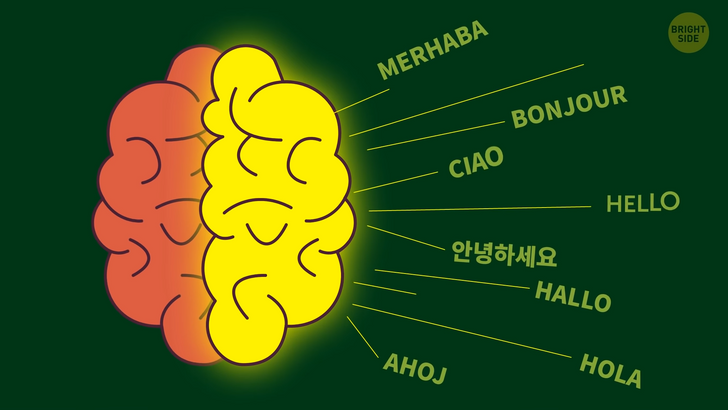
The brain’s left part controls what we do with the right side of the body, and the other way around. Some say language also pushed us to be more right-handed. The left hemisphere of the brain is in charge of languages, and as humans developed that part, it got stronger. That’s why they probably shifted responsibility to it, and our right-handedness is likely no more than a side effect. Evolution changed lots of things in our bodies, but it’s going really slow, so there are still some leftovers we don’t even use anymore.
For instance, the majority of people can’t wiggle their ears. We have a muscle around our outer ear, but we can’t do much about it. Scientists think our primate ancestors used it to move their ears in more directions. That way, they could hear where the sound was coming from, which could save them from sneaky predators. (Crack) Sssh, you hear something? After they started forming groups, they could rely on each other, so they eventually lost this feature over the years.
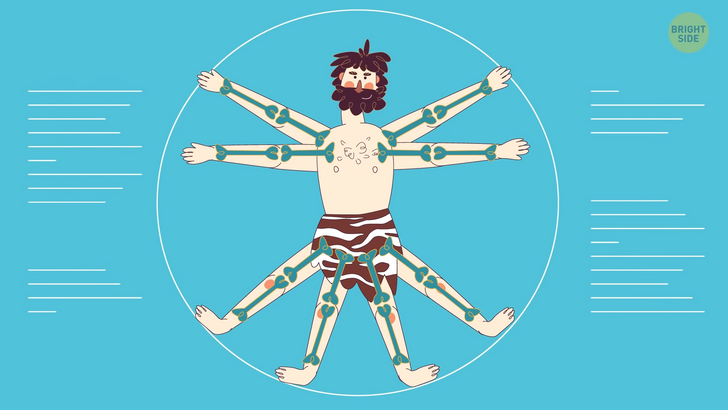
We used to have a gene that could produce vitamin C. Imagine that, like having our own mini factory of vitamins we usually look for in fruits like oranges and lemons. But, with time, our ancestors probably discovered fruits were tasty, so the evolution decided to shut down that factory and let us enjoy our new treats. Hiccups are another leftover we might even have got from another side of our wide family that lives in the water. Amphibians gulp air, while fish push water through their gills. The same muscle causes contractions we feel when our diaphragm goes into spasm, aaand that’s a... Hic! Like that!
Our ancestors also had thicker bones because they had to deal with harsh climates and other difficult conditions. Somewhere around 50,000 years ago, I wasn’t around then, our bones became weaker and smaller because our lifestyle had become physically less demanding. Back pain has become a common issue in today’s world since we cross great distances walking upright. When you add improper footwear and asphalt sidewalks... Nope, evolution is not moving as fast as the things our civilization creates. So our spines are not yet adapted to the modern world.
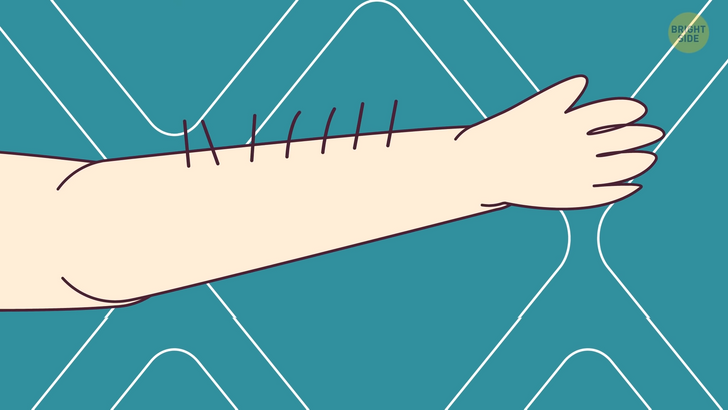
Feeling angry? You don’t see it, but our lips twitch when that happens. Ding-ding, another leftover! When bears or wolves try to scare away their enemies, they bare their teeth. Humans used to do it too, and lip twitching is the first step of that. We mostly relate goosebumps with a great feeling we get when something exciting happens or when we’re cold.
It used to be more important for our species; when our hairy ancestors would feel cold, there was a reflex that would contract small muscles at the base of hair follicles. That way, their coat would stand up and trap more air, so they could stay warm. That made sense back then, but we’ve got jackets today. Still, I don’t mind occasional goosebumps when that song on the radio hits me.
And the fire too. Sure, it was something that kept ancient humans warm during long, cold nights, but it really affected the evolution of our bodies. Humans started cooking food, so they consumed less dangerous bacteria you can find in raw meat. Less raw meat, shorter digestive tracts, more energy available because of healthier food, and that got us bigger brains and taller bodies.
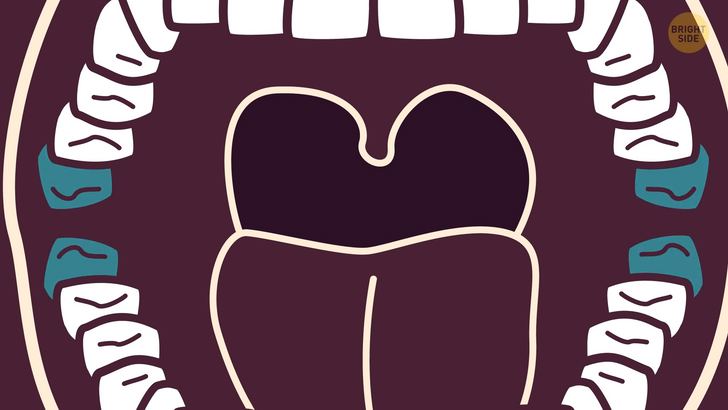
Eating more processed food changed our teeth and jaws too. We used to have bigger jaws because of all that hard, raw food we ate. Teeth got smaller, we even lost some. Many people never get third molars, also called wisdom teeth. Those who do, develop them at the age of 18 to 25. Our ancestors would have already worn their teeth out by that age, so wisdom teeth were like a second chance to eat normally again.
Smaller jaws, bigger brain hey that’s my motto. Can I get that on a T-shirt? That’s how evolution shaped the structure of the human head. Our brain has tripled its size over the time. Since humans are not that physically strong compared to some other wild animals, this might be the biggest reason we’ve been able to survive harsh conditions.
No big teeth, claws, thick skin, or dense fur; just us and our brain to trick the predators, climate changes, and all other unpredictable things waiting just around the corner. Our ancestors also made cool tools, starting from 2.5 million years ago, when the oldest stone tool was made. Around 17,000 years ago, they developed tools and skills for painting, sculpting, and ceramics. They were really creative, we can see that because of a wide variety of bowls, pots, and the rest of the fancy things they made.
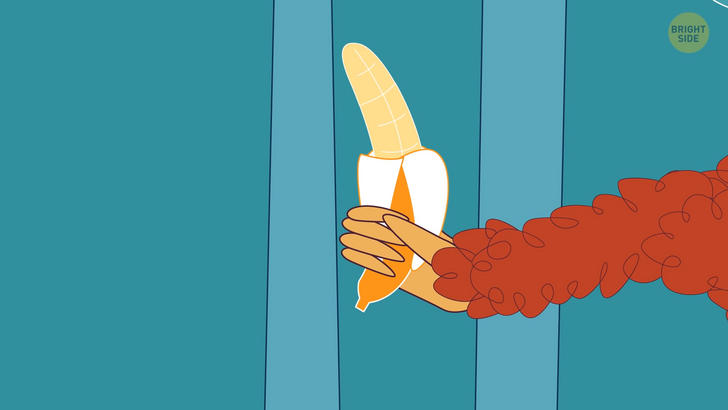
We’re different from other primates because we can pull the ring and index fingers to the thumb. Our body had to adapt to use such complex tools we’ve been coming up for millennia. And to play video games, of course. Monkeys would probably love that. Apes use their feet just as well as they use their hands because there’s this plantaris muscle in their legs.
With that, animals can grip and manipulate the objects they’re holding. Humans also have this muscle, but it’s underdeveloped and rather useless. Almost 10% of humans are even born without it these days. Lots of people feel the urge to climb to a higher position or want to lift their feet when feeling scared or anxious.
Evolutionary biologists think it’s because a majority of early land mammals used to climb trees when they saw or felt a predator or some other threat, such as a natural disaster coming. Then finally, there’s this small pink piece of tissue in the corner of a human’s eye. That’s a leftover from a third eyelid humans used to have; like something birds and reptiles still have. The purpose of it is to protect the eyes and keep them moist.








